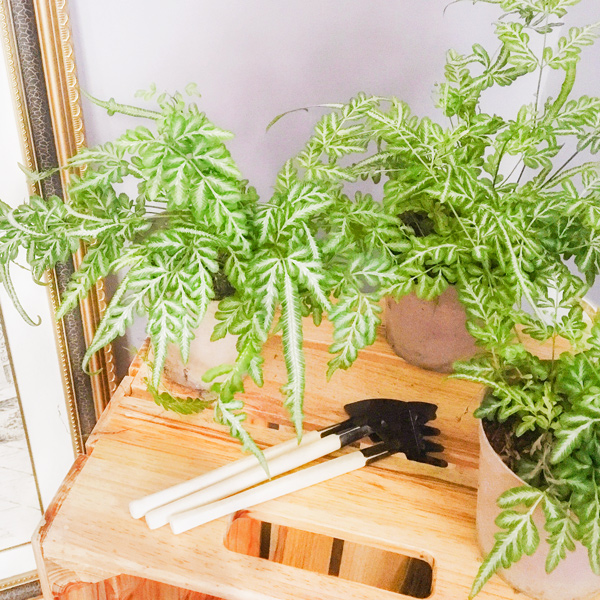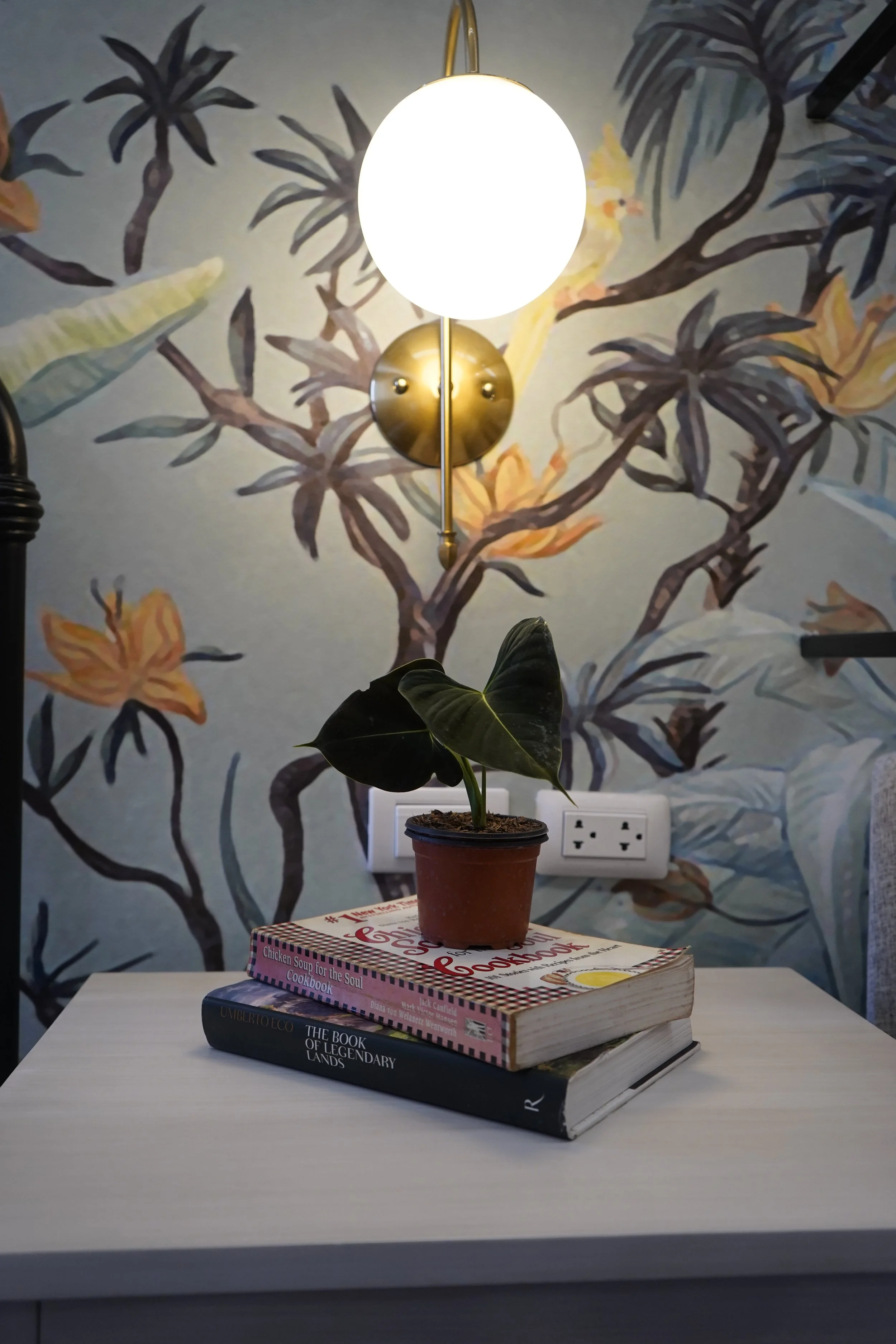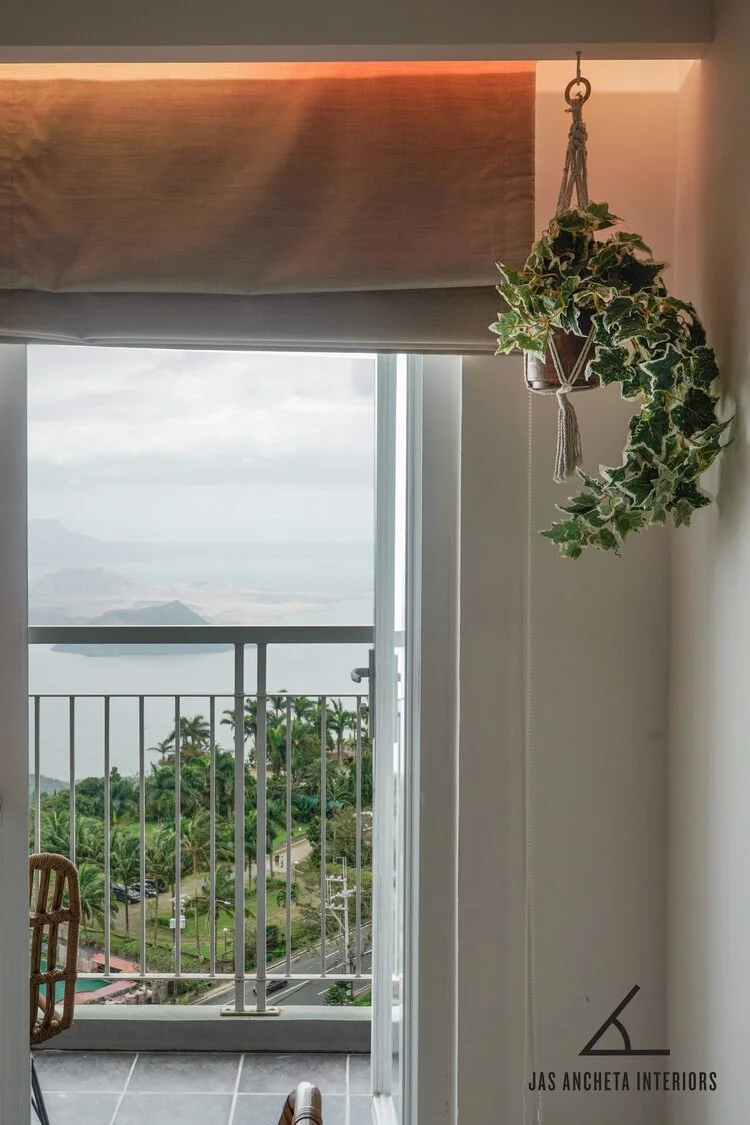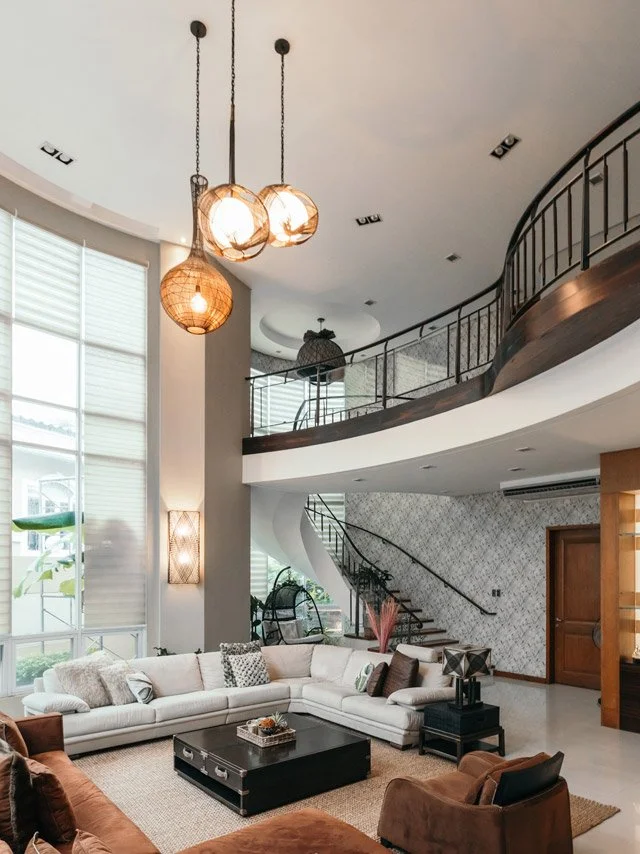Welcome to my blog! I'm excited to share tips, trends and news in the interior design market. Sign up for my newsletter for promos, freebies, and updates! ( See link BELOW).
I would like to know more about you. What are your struggles when designing your home or your business (for those savvy entrepreneurs)? Is there anything particular you would like to know more of? Are you having a hard time with deciding your style? Organizing your things? Let me know. E-mail me your troubles and let me help you take the fog off your eyes! :) Have a happy, happy week!!!
- November 2022 2
- October 2022 1
- September 2022 1
- August 2022 1
- June 2022 1
- May 2022 1
- April 2022 1
- February 2022 2
- January 2022 1
- December 2021 1
- October 2021 2
- September 2021 1
- August 2021 1
- July 2021 1
- June 2021 2
- May 2021 3
- April 2021 4
- March 2021 3
- February 2021 3
- January 2021 1
- May 2020 3
- November 2019 1
- June 2019 2
- May 2019 1
- April 2019 1
- March 2019 2
- August 2018 1
- June 2018 1
- May 2018 1
- April 2018 3
- March 2018 4
- February 2018 4
- January 2018 2
- December 2017 1
- November 2017 4
- October 2017 8
- September 2017 9
- August 2017 19
TESTIMONIALS
“It’s cool and light. Not too loud. Comfortable color (especially if you want people who come into your office to feel “chill”... shoutout to raging parents or intimidated students).”
“I will definitely recommend you to my friends. I’m also excited to see their reactions when they see the dining room.”
How to Choose an Interior Designer who is Right for You
How do you know who is the right designer for you?
There are many interior designers where I live locally, here in Manila. We have different areas of expertise, number of years of experience and ways in how we work with our clients. So the question in your mind is: how do I know if the interior designer I choose will be the one for me?
Interior design and construction is a complex process. Why? As interior designers, we don’t simply choose fabric, furniture and lighting accessories. Interior design is both an art and science. We study space planning, color theory, technical drawings, construction, furniture, ergonomics, and many more. Building your own space, whether it’s a condo unit (where space maximization is a must), a residential home, an office, restaurant, retail space, and many more, takes skill and time. I, for one, go deep into a client’s lifestyle, hobbies, interests and the like when building a residential home. For commercial spaces, I study the client’s target market, profile, location, branding, and other important details needed for the project.
As such, it is important that communication between client and designer is open and collaborative. We spend weeks, months and sometimes, even a year (depending on space) planning and building together. Thus, when choosing your designer, make sure that he/she is easy to talk with, listens well and hears your concerns. That is why for me, it is important to meet my client and find out our rapport as this is essential in fulfilling our clients wishes and dreams, and also being open when there are any situation during construction that need to be solved together with the client/client’s approval. If you’ve ever tried building a space, construction is a headache for some, and a nightmare to others. Why? That’s another long story (for another post).
Another crucial aspect in choosing your designer is building trust between you and your designer. I love how I learn about my client’s daily rituals, favorite things to do, even pets. Why? Because I do incorporate these aspects into my design. We need trust to build a home that you know was meant for you. Same goes for commercial spaces too, something that resonates with the brand and truly integrates what the business is about.
To sum up, here are the important considerations you should be looking for:
Know your designer.
Have open communication between you and your designer.
Build trust together.
Other considerations you may want to look at are: budget, experience, past works. Experience teaches us plenty of things. I know I am better now than when I first started. So I hope this short post helps you in choosing your designer!
Adapting to the New Normal
This covid-19 crisis has changed the way we live and work. Suddenly, all but essential businesses are shut down and everyone else is encouraged to stay at home. In this light, how do we adapt our homes and our businesses to reduce the incidence of covid-19?
Ideally, for both homes and business, we should reduce instances where our hands touch surfaces. What does that entail? Barring economical issues, having a smart space will help in this endeavour.
For Homes:
Automatic door openers/ door locks - perhaps can be voice activated for Alexa
Install automatic faucets with sensors
Put sensor lights or voice activated lights
Placing automatic sanitisers at the entry.
Invest in an air purifier, whether it is an electric purifier or better yet, take care of indoor plants. More family members will stay at home. For most, maintaining good health is critical. Poor indoor air quality coupled with poor ventilation are health hazards. For businesses, investing in both an air purifier and perhaps some plants will help in sustaining good indoor air quality.
Unfortunately, with technology comes price. So what do we do? You can start retrofitting your space slowly.
Determine the space that you spend the most time in. Start with this area. Of course, if you just don’t have the budget for it, sanitise daily with a bleach-water solution (depending on the surface treated) or a disinfectant spray like Lysol.
For Restaurants:
Cashless transactions using bank transfer, Paypal, Gcash, Paymaya or any other online payment facility to help your customers
Take Out/ Pick-Up Counter - Have a separate counter where the customer does not need to go in your store (preferably, if possible) to lessen contact.
Sanitizing area - Dedicate an area at the entry for sanitising. Have a sanitising mat and hand sanitizers or alcohol at the entry.
Organise your delivery system. It is vital now, more than ever, to have a good delivery system for taking orders and delivering them to your customers. Establish safety guidelines for your staff (from the kitchen all the way to delivery) to ensure food sanitation is adhered to.
Kitchens - Make sure your chefs follow strict sanitation procedures. Chefs are trained for food safety. If your crew is not aware of this, check out this link from FDA .
Dining areas - Until the crisis is over or until further notice, dining in person is not allowed. This pandemic may last for quite some time, so be prepared to amp up your delivery and take out options to ensure business growth.
Secrets of Indoor Gardening in an Air-conditioned Room
In a tropical country like the Philippines, airconditioning is a must. We need plants that are hardy enough to live indoors and stand the dry, air-conditioned room.
This is one of my most viewed posts so I’ve decided to update as of May 2020, especially now that we are mostly confined at home with that #stayhome. What better way to improve your air quality than by adding plants!
I have recently bought a few plants to liven up my bedroom. Although I have a garden, I think indoor plants make the room brighter, more enchanting and improves indoor air quality.
My bedroom is usually airconditioned especially at night. During the day, I open my windows to let the sunlight in and to have a fresh breeze. What I have found out though is that not all indoor plants can survive airconditioning! Why? The humidity is different. The air is drier. And yes, the fluctuating temperatures can be a major problem (when the air conditioner is off).
The following are some plants that can survive indoors in air-conditioned rooms:
Tillandsia
1. Tillandsia
These air plants are the craze nowadays. Water these at least twice a week, perhaps more if your air is really dry, and submerge them weekly for an hour. Bright filtered light is best so putting them beside the window is perfect.
Sanseveria Masoniana
2. Snake plant (Sanseveria masoniana)
There are a variety of snake plants and this is my new found secret plant that actually survived several months without watering, in low light… It was unfortunately confined to a corner with some furniture from my clients that are being stored at my home (yeah, my home is now a warehouse as we wait for construction to finish for them and some suppliers don’t have storage space or charge for monthly storage space). That’s why we failed to notice this poor plant at the corner, what with it being covered with furniture. After 6 months of absolutely no watering, two out of the four leaves it had still survived! Talk about a miracle plant! Yes, I found it after doing some needed spring cleaning! It’s now being watered twice weekly (due to the very hot weather). Usually, a weekly watering is good. I really don’t recommend letting six months go without watering! That was an unfortunate accident).
Snake Plants, Photo by Costa Farm
3. Mother-in-Law’s Tongue, Snake Plant (Sansiveria Trifasciata)
This is one of the most popular varieties of snake plants. They survive in medium to high light and can also do low light as long as you don’t overwater. It can survive the most unsuitable conditions and is therefore perfect for those without a green thumb. Water only two times a week and don’t water the leaf rosette (only the soil).
4. Pothos
Peace Lily
Pothos are simply hardy. They can grow in low light and is easy to care for. They thrive easily even for those who consider themselves, plant killers! They are also easy to propagate through simple cuttings. I love their trailing leaves too so you can mount this on a hanging pot or simply place on a bottle with water and watch them grow!
5. Peace Lily
What I love about this is that it has flowers!!! It is difficult to care for flowering plants indoors but the peace lily is the happy exception. It can survive lower light but there will be less flowers and who wants that?! Water these when the soil is dry and mist the leaves several times each week.
Zanzibar Plant. Photo from Ambius
6. ZZ plant or Zanzibar
ZZ plants are easy-to-care for and will be good for a beginner. They need less water which means you need to wait for the soil to dry before watering again. They can also survive low levels of light. Outdoors, these thrive so well. My ZZ plant has broken several of my clay pots though as it’s actually growing too well! So for outdoors, this will be best planted straight to the ground. For indoor purposes, it still thrives without destroying any pots.
7. Parlor Palm
They prefer low light (but not no-light) and grows slowly to a maximum of three feet. Water sparingly allowing the soil to begin drying in between waterings. Evenly moist soil is ideal.
Parlor Palm, Photo by ume-y
Victoria lady fern
8. Victoria Lady Fern
Ferns are very hardy. I water them every day but make sure not to overwater to avoid root rot. They need an evenly moist soil. Place them in shade or partly shaded areas.
9. Cactus
Cacti are drought tolerant plants. I have my own Peruvian cactus in a corner of my bedroom. I simply open my curtains in the morning so it can receive sunlight, and water when the soil is really dry. A plus factor is that it also produces beautiful blooms!
Hope these tips help and happy plant shopping!!!
To learn more about interior design tips, SUBSCRIBE to my newsletter below!
The Bolder, the Better: Cost-Conscious Decorating for Couples Moving in Together
Guest Author: Natalie Jones
Today, we have a guest writer, Natalie Jones. Hope her advice resonates with you!
Moving in with a significant other is an exciting time, a chance to learn more about each other and grow as a couple. But it’s also a time when misunderstanding and conflict can leave you wondering, “What was I thinking?” It’s difficult enough deciding who will pay what bills, how to divide the household chores, and who should be doing the grocery shopping. It’s also a time when money may be tight and in short supply for decorating. There’s no need to fall out over the expense of decorating your home, especially if you see eye to eye when it comes to artwork, furniture, colors, and other visual elements. Consider the following budget-friendly tips on how to make it work.
Communicate
Spend some time talking about your shared interior design expectations. Save the specifics for later; start with a very general, even philosophical, conversation about likes and dislikes. There will be some compromising to do, and easing into the subject can remove some of the stress from the situation. So, put off discussing where his beer-stained upholstered recliner should go (other than the trash), or what to do with her vintage collection of unicorn artwork. Sometimes, agreeing to move a prized object to the back room instead of the living room can head off a potentially relationship-damaging disagreement. Also, look for inexpensive ways to decorate, such as using commonplace items you have no other use for.
Discuss Closet Space
Sharing space in the bedroom closet demonstrates the ability to compromise, which will certainly carry on to your decorating efforts. You can effectively organize your space by categorizing all the clothing and accessories you know you’re going to wear regularly. Donate the items that have been untouched for at least a year, and store the attire that’s not appropriate for the current season. You can even create more space with an additional rod and shelves. Your closet’s appearance is just as mood-lifting as the adorned walls of your home, so take the time to add matching hangers and quality lighting.
Emphasize Eclecticism
If you’re expecting the place to be as pristinely coordinated as your Great Aunt Tilly’s house, you’re probably headed for a disappointment. Why copy someone else’s style anyway? Decorating a home on a budget and with limited space is a challenge, an opportunity to embrace and appreciate an eclectic approach that will come to define you and your partner’s identity as a couple. Eclecticism will be easier -- and more fun. It can all work together with a little bit of juxtaposition and experimentation. Go ahead and combine that chrome floor lamp with the homemade table made of distressed river wood. If you need to make a purchase, try shopping at IKEA for fun and affordable eclectic pieces that will still leave money in your wallet. Even better: IKEA offers buying guides for each room in your room, which can be a great starting place. There’s nothing wrong with being economical as well as eclectic.
Embrace Whimsy
One person’s juvenilia is another’s masterpiece. Don’t be afraid to go for a bold look that no visitor will forget. What about decorating the back wall of your den with an array of shower heads (vintage and contemporary) that you can get on sale or rehab out of the trash? Or, why not class up your living room with a Gone with the Wind-style curtain as a decorative wall hanging? Decorative plates are another affordable and uniquely appealing design element, arranged in an assortment of sizes, styles, and colors.
Try It Before Dismissing It
If your first place together is on the small side, you have limited decorating space. That’s a great opportunity to get creative, even edgy, with your decor. The beauty of decorating is that you don’t have to spend much money or stay with a look if you decide later you hate it, so give it a try even if you’re uncertain at first. You never know -- it might prove ideal and could save a lot of money. A good rule of thumb is to leave it in place for a few days before making a final decision. Decorating eclectically on the cheap is a fun adventure and a worthwhile money-saving venture.
Give It Time
Getting used to each other takes time, so there’s no reason to assume that it won’t take some time to get into your decorating “groove.” Take your time; it’s a process, an evolution if you like, but you’ll know when it feels right. And never stop communicating openly as you work through it.
How To Organize A Pantry That Works For You
A pantry is one of the most important areas in the kitchen you should definitely plan for. One of the things that wastes a lot of time is when all of your ingredients are in disarray and it takes you forever to start cooking.
1. Make a List.
The very first thing you should do is take a list of what items you need to stock in your pantry. From this, you will know how much space to allot for each category and how to store it. You can use mason jars, baskets, bins, under cabinet shelves, stackable bins, lazy susans.
2. Designate each shelf and group according to category.
Location of each category should be based on frequency of use. That means, your most used items should be in the middle, the least at the very top, bottom can contain bottles, paper goods, dog food. Store spices alphabetically and label all containers.
3. Use the same container for similar items.
To maintain a clean, organized look, use the same containers. If you have extra space on the top portion of the shelf, use a wire shelf that you can slide into the top part, just like the photo seen below. That way, all space is maximized. It's best to use clear containers so you can easily see what's inside.
4. Label all items.
via Creativity Exchange
Yes, it’s a tedious task but somebody has to do it. Why? This is food we’re talking about. Especially for those items that you choose to remove from its original packaging, you should place the expiration date too. If you have fancy writing skills, go ahead and write on a blackboard type sticker. Another option is to buy sticker paper and print out the labels on the computer. I've found these free printable labels for you to use.
There's one thing that you need to remember: Personalize your pantry according to your needs.
Every person is different. Some may need a space for baking materials, others might need a whole area for coffee. The key here is planning for each area and allowing for the right amount of space.
If you need more help, e-mail me and we can design your own kitchen made especially for you!
Check out the latest promos/sales and fairs in the metro!
What They Don't Tell You When Building Your Space
Building your space is not always all it’s racked up to be. It can be a nightmare or it can be a daydream.
You finally have the savings/loan to build your own home. You get your interior designer, your architect to make your dreams come alive. Your designer and architects are a dream to work with, and you finally have all the working drawings and designs needed to have a contractor build it. Since you're money-savvy, you get several contractors to bid. Now comes the hard part. Who will you choose? Shall it be the lowest price? After all, you do want to get your designer chairs! Or maybe that might not be a good idea.
The ugly truth is the most difficult part in building a space, whether it's your home or a commercial space, is the construction itself. Yes, there are lots of horror stories from contractors who use materials that aren't up to the specifications indicated, to those who actually don't finish the project and just leave you hanging with an unfinished space! I've had my own share of nightmares. It's part of the job most unfortunately. However, they don't really talk about this until you experience it yourself or maybe a friend/relative has told you. So what do you do?
Here are some guidelines in choosing your contractor/supplier (they apply to suppliers too-from building to furniture suppliers):
1. Reputation is king.
The most important thing is to find out their reputation. Google! Yes, most suppliers are already on the web. Although admittedly, plenty of contractors here in the Philippines aren't. So what do you do? Ask for referrals from your friends. Find out their experience. For contractors, check out their work. Ask them if you can visit a place they built. From there, you can see the quality of their work. If you're not sure, bring your designer with you.
2. Trust your designer.
Chances are your designer has had his/her experience with suppliers and contractors. I, for one, actually experiment on my home when using new suppliers. At the very least, if they screw up, it's on my turf. While I admit, not all passed my standards though. And yes, that is the very reason why your designer has only a limited pool of suppliers!
3. Price isn't everything.
Yes, I know. It's not how cheap it is nor how expensive. As I said previously, the best is always to go for reputation and referrals. While this may not be a foolproof solution, it's a better one and may save you a lot of headaches.
4. Trust your gut.
Truth. I screen my clients. I don't just jump at every opportunity when there is a possible project. Why is that? Because normally, I work a minimum of 2 months and longer to build a space (from design all the way to construction), having a good working relationship with my client is important. In the same way, trust your gut. Meet your prospective contractor/supplier in person. You'll find out if you can work with him/her even with your first interaction. Of course, this isn't always a guarantee especially if you're not that good in reading people. However, it will avoid any unwanted suppliers/contractors, yes, and even interior designers/architects.
While I urge your to be cautious, I do hope you enjoy the process as well! While there are nightmarish stories, there are successful ones too.
For interior design services, contact me.
Check out what promos are in the metro!








































